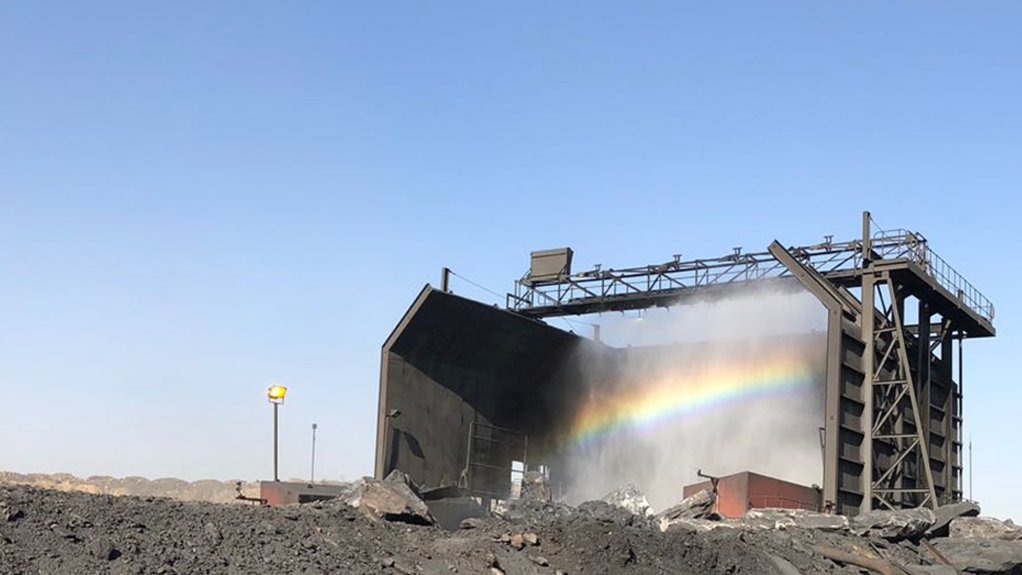To mitigate fugitive dust emissions at mining operations, environmental solutions company I-CAT offers end-to-end integrated dust-management solutions that comply with all relevant industry regulations and standards.
Fugitive dust emissions are regulated under the National Dust Control Regulations (NDCR), promulgated under the National Environmental Management: Air Quality Act. The NDCR stipulates that dust emissions from point and nonpoint sources are not allowed to exceed certain limits in residential and non-residential areas.
In terms of fugitive dust, mines are required to comply with the National Ambient Air Quality Standards.
The I-CAT misting systems are one of the tailor-made solutions for suppression of fugitive dust generated from various mining applications such as transfer points and crusher plants. The system comprises water-dispersing nozzles that release water mist to reduce the amount of fugitive dust particles.
Using single- and dual-medium nozzle technology, the solution offers an innovative way of reducing the number of fugitive dust particles.
“With the use of highly dispersed water in the form of water mist, the solution supplies the mist at the point of the dust origin, where the materials are being moved in chutes or at transfer points,” says I-CAT director Lourens Jansen van Rensburg.
He explains that the strategically directed water mist collects the dust that is suspended in mid-air for the dust to agglomerate, making the particles heavy enough to rest on a conveyor.
This process is achieved using patented nozzles that generates mist at 10 μm. Owing to the high kinetic energy water mist generated by the nozzles, the water mist droplets encapsulate dust particles which prevents them from becoming airborne.
A specialised surfactant, Aqua Mist, can be added to the water supply, which, in combination with the high kinetic energy and dispersion of the mist, allows for increased efficiency in removing hydrophobic particles.
“The nozzles and misting solution allow for ease of installation, owing to its low-pressure technology.”
The specialised nozzle technology that I-CAT has extensively researched, tested and designed enables the company to use low-pressure misting solutions to achieve maximum dust suppression safely and efficiently.
“High- and low-pressure misting solutions have similar applications in areas where crushers, push feeders and tipping bins are used. Using a combination of water, air and a low-pressure system enables us to control the moisture content in the material,” mentions Jansen van Rensburg.
Further, he adds that high-pressure solutions operate at more than 70 bar, which poses safety hazards; these solutions are also more expensive, use more water, are difficult to install and have increased maintenance intervals.
In comparison, low-pressure systems are less of a safety risk, use less water and are easy to install.
“Moreover, with low-pressure misting solutions, water droplets dampen the dust and limits its volatility. Additionally, such solutions allow for the fast and uniform spreading of the water mist inside chutes and covers,” Jansen van Rensburg concludes.
Edited by: Zandile Mavuso
Creamer Media Senior Deputy Editor: Features
EMAIL THIS ARTICLE SAVE THIS ARTICLE
ARTICLE ENQUIRY
To subscribe email subscriptions@creamermedia.co.za or click here
To advertise email advertising@creamermedia.co.za or click here













